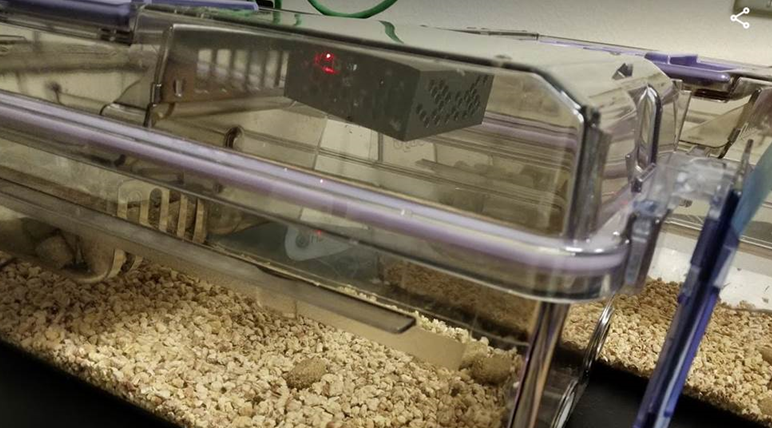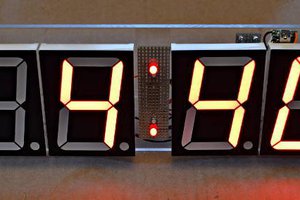The RAD2 (Research Activity Detector version 2) is a Feather compatible wing for sensing and logging motion. It includes a built in low-power passive infrared (PIR) sensor, a microSD card slot for logging data, and real time clock (RTC) for accurate timestamping. It also has 2 digital pins (A1 and A2) broken out to screw terminals for convenience and three signal LEDS for feedback.
The goals of this device are to:
- Monitor motion via a PIR
- Keep accurate time
- Enable easy synchronization of additional datastreams with motion data
- Log data locally but enable wireless transmission
- Battery life of >1 month
This shield is an adaptation/improvement of the original Rodent Activity Detector (RAD), adding a battery backed-up RTC, a built in PIR sensor, and a smaller form factor. It is now compatible with the Adafruit Feather ecosystem for easily adding motion sensing and datalogging to their entire range of boards. RAD2 was designed by MCCI and Lex Kravitz.
Note to Hackaday Contest Judges: this project is ineligible for winning prizes due to a team member being a family member of a Supplyframe employee.
 Lex Kravitz
Lex Kravitz



 We send the data from each device to the Things Network through a gateway, where it is stored in an InfluxDB database, queried by NodeRed, and visualized with Grafana. Instructions on how this works are
We send the data from each device to the Things Network through a gateway, where it is stored in an InfluxDB database, queried by NodeRed, and visualized with Grafana. Instructions on how this works are 




 Raunaq Bose
Raunaq Bose
 Paul Stoffregen
Paul Stoffregen
 pt
pt
 Rifqi Abdillah
Rifqi Abdillah